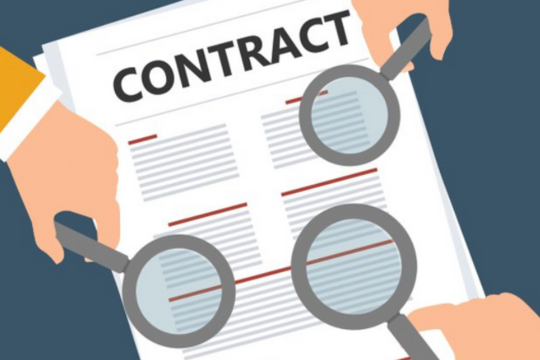Welcome to part III of my five-step approach to finding the financial waste in your IT budget.
Are you reviewing your IT contracts and invoices on a consistent basis? You should be because there is always money to be found there.
Reducing your contractual costs can be a one-time event via some quick wins, but preferably it should be a continual process to ensure you are not spending money unnecessarily. After all, the use and the business value of contracts will continually change over time. Because of this, I find following these four steps helps reduce contractual costs:ㅤ
1. Contract Renewals:
If you have contracts coming up for renewal in the next 6-12 months, you should be building an action plan for how you want to approach the renewal.
- Look at your provider’s competitors to see if you can get a better deal than renewing with the current provider.
ㅤ - Check to see if you are paying a competitive market price.
– If you are a member of Gartner, Forester, IDC or another. They collect contract information from their members and will share it with you so they can compare it to what you are receiving.
– There are also third parties that specialize in negotiating contracts for certain technologies. They can negotiate a competitive market price for you and will charge you a percentage of the savings they make.
– Consider issuing an RFP to get the vendors to compete for your business.
- Make sure you are still using everything you are paying for. If you are not, make sure to have them removed from the contract.
ㅤ - Make sure you are not using more than you are paying for. If you are, eliminate the excess usage or be prepared to negotiate the penalty the provider may charge you.
ㅤ - If it is a large contract, consider issuing an RFP.
ㅤ
2. Volume Discounts:
Is your company’s usage too low to get the volume discount that bigger companies are getting? Consider working with Value Added Reseller (VARs) instead of the Original Equipment Manufacturer (OEMs). If you find the right VAR, they will already have the volume discount and will share some of that discount with you so that you get a lower price than the OEMs will give you.
In addition, VARs can provide you valuable services to go with your purchases such as running RFPs, warehousing and distributing technology, imaging your systems, providing fully tested bundles of hardware and/or software so you don’t have to do it yourself.
ㅤ
3. Maintenance:
Paying your OEMs for maintenance and support may not always be the best or cheapest. In addition, OEMs don’t like supporting older releases of their products, so they raise their prices as the products age to cover their cost and to try to motivate you to upgrade to their newest products or releases. Looking at 3rd parties who provide maintenance and support may be financially lucrative.
ㅤ
4. Easy Money:
Make sure you are reviewing and auditing your invoices. Are you being invoiced for something you are no longer using? Are the rates you are being invoiced the same as what your contract states?
Some invoicing is very complicated (e.g., telecommunication contracts). They are very hard for the vendors to produce, so it is not unusual to have errors. Invoicing reviews can also be very complex so consider hiring a partner to perform the audits. They will charge you a percentage of what they find and the savings they achieve, but it will be less than what it would cost you to find yourself.
ㅤ
Do you need some help to make these savings happen or want to learn about more ways to save money on your IT contracts? I can help you reduce your IT budget and/or find monies to invest in new IT capabilities. Schedule time to chat with me and discuss my offerings. I’m happy to chat! Calendly – Andy Smith

